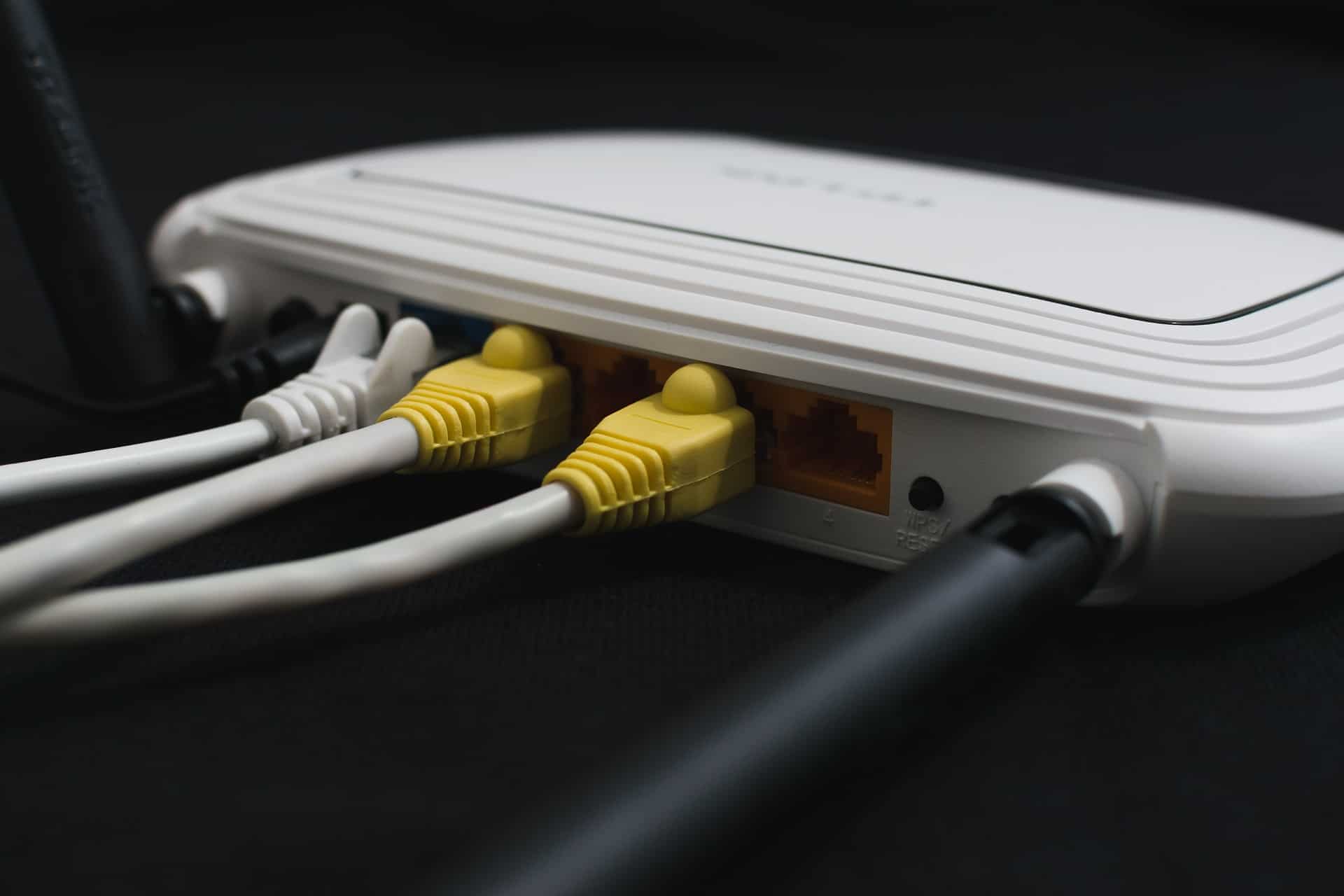Medical offices in the US rely on an internet connection for their daily operations, but many still lack appropriate IT infrastructure for the mobile era. Healthcare providers need to frequently optimize their Wi-Fi networks to ensure adequate security, capacity and coverage.
Most doctors’ offices already have wireless Internet, but a surprising number of these are set up similar to a home network. Being familiar with home Wi-Fi systems, an administrator likely signed up and purchased a router from AT&T, Comcast, Xfinity or CenturyLink (or another popular internet service provider) and figured it was good to go.
If this sounds familiar, you should consider transitioning your medical office to an enterprise-grade Wi-Fi product. As Adam Strom, Co-Founder and President of Mobius MD cautions, optimizing your Wi-Fi is especially important now that most staff and patients are bringing mobile devices to the doctor’s office.
“Considering the way mobile technology has progressed in the last three to four years, many doctors offices are woefully unprepared for the giant shift to mobile,” Strom explains. Mobius MD is no stranger to medical office Wi-Fi. His company, built around a suite of medical software applications, leverages smartphones to help providers get more out of their EMR.
Most business and larger healthcare organizations use enterprise-grade Wi-Fi products, which differ from consumer grade Wi-Fi in important ways. Enterprise-grade Wi-Fi is more reliable and offers comprehensive cloud management, traffic analytics, customer support and user onboarding services. For doctors offices, this means an Internet solution that is more secure, can handle a higher capacity, and provides better coverage.
As Xirrus puts it, “Both product classes are useful. Both are necessary. However, and most importantly, neither translates well into the other’s intended environment.” Here are a few reasons why an enterprise-grade solution will help optimize Wi-Fi for your medical office.
Security. The top IT priority for medical offices is protecting sensitive patient data. While mobile devices inherently create new cybersecurity risks, these can easily be managed with proper Wi-Fi infrastructure.
Enterprise-grade Wi-Fi includes a more robust firewall, which monitors and filters out unwanted usage and attacks. Most businesses will also use routers that allow for separate guest and staff connections, which helps keep protected health information safe.
Coverage. An important feature of enterprise-grade Wi-Fi is the coordinated support for multiple access points (APs). Having several APs allows businesses to expand the wireless network’s coverage to a much larger physical area.
You might be thinking, “I have a small medical office, so can’t I just put the router in the middle of my building?” Unfortunately, the answer may be “no.” Even if the typical router’s range (150’ indoors) should cover your space in theory, connected mobile devices often can’t return a signal that far (wireless internet requires two-way communication). By contrast, enterprise Wi-Fi will hand off devices between multiple access points to ensure a consistent connection.
Capacity. If you have more than 10 or 12 wireless devices connected to the same router, you’re likely to experience poor performance. While a single router can theoretically connect hundreds of devices, in practice just a couple of active devices (downloading files or streaming video) can max out a shared access point.
Without getting too far into the weeds of Address Resolution Protocol (ARP), routers also have trouble handling lots of new devices joining and leaving the network. Consumer grade Wi-Fi isn’t designed for this type of volume, whereas enterprise systems won’t have a problem.
If you are looking for a Wi-Fi solution that will make your medical office more secure and reliable, there are a few places you can start. Most of the top internet service providers offer enterprise Wi-Fi products, or you could check out a review of the best internet access points in 2017. Make sure to also visit healthit.gov for more resources about mobile device and health information privacy and security.
